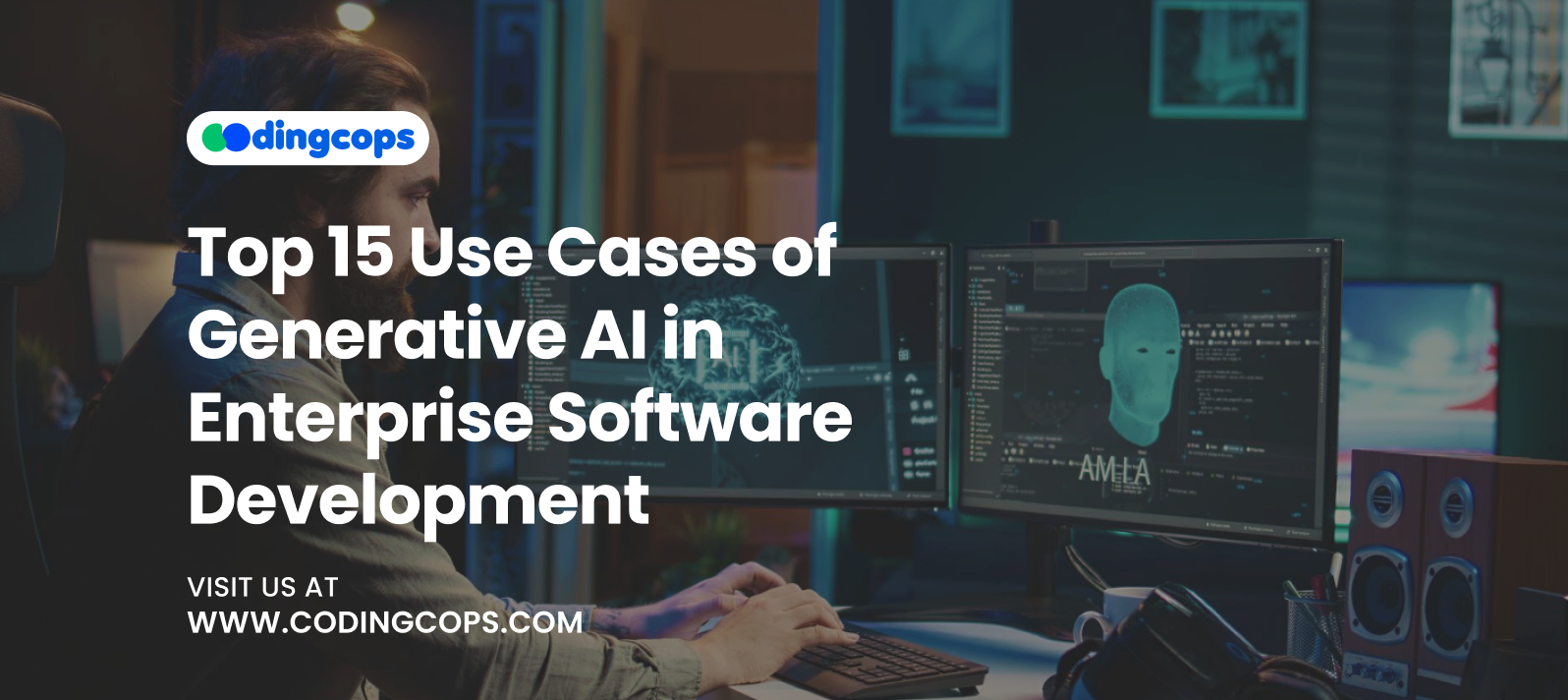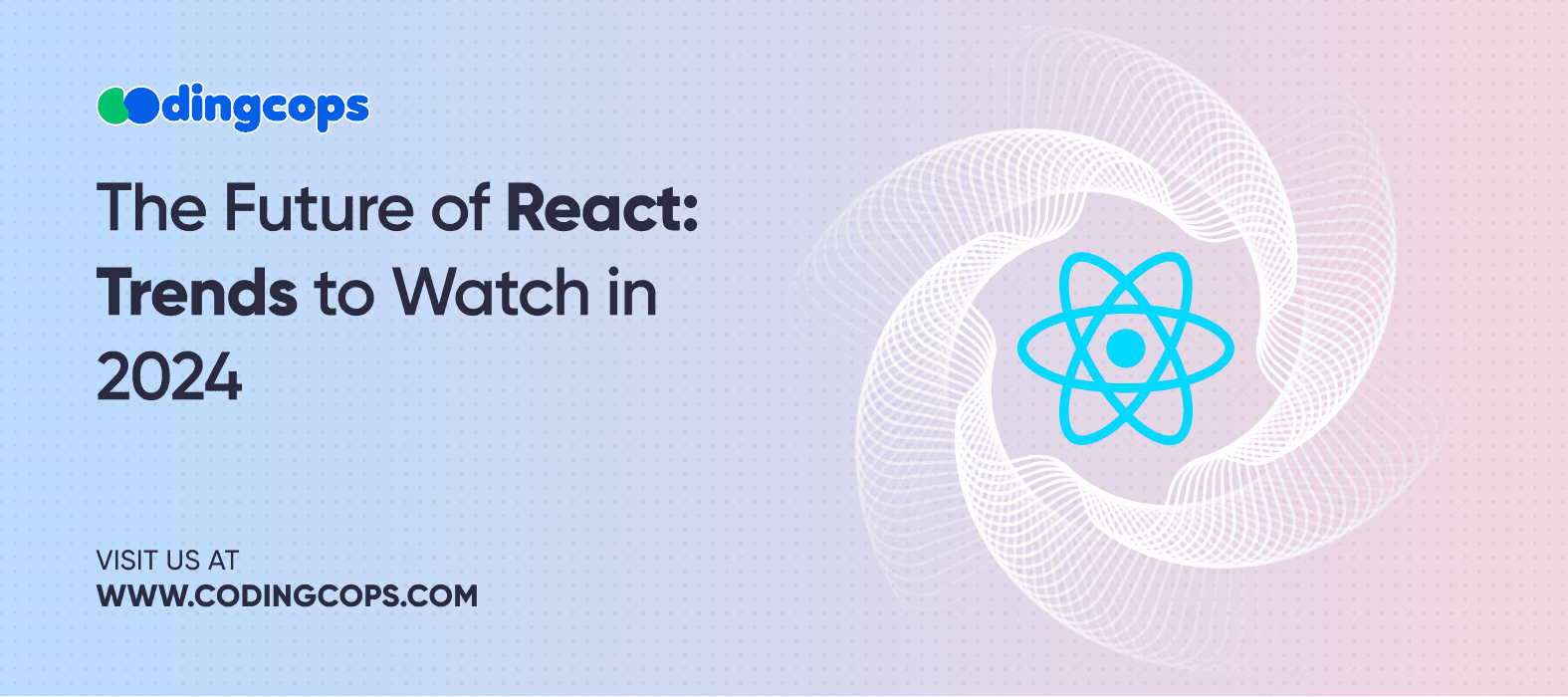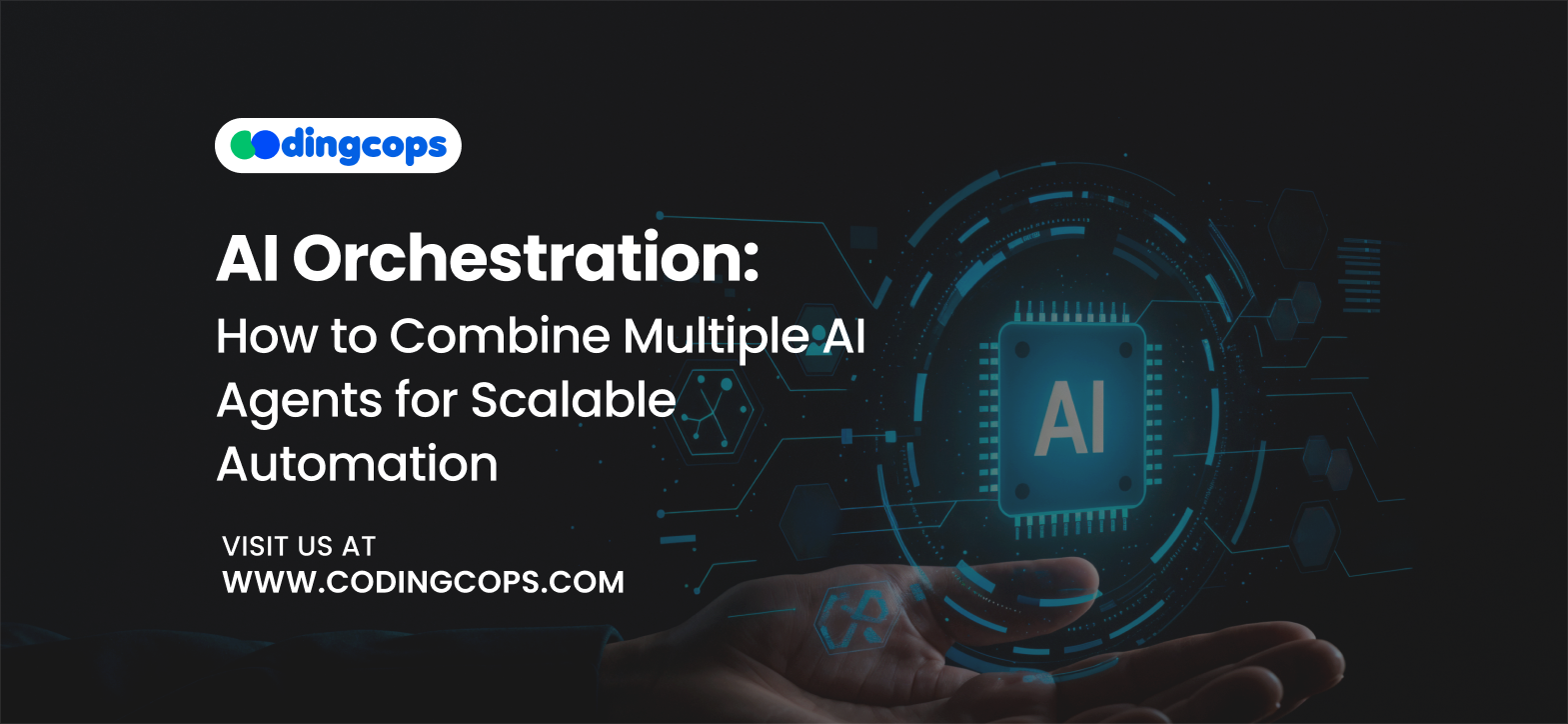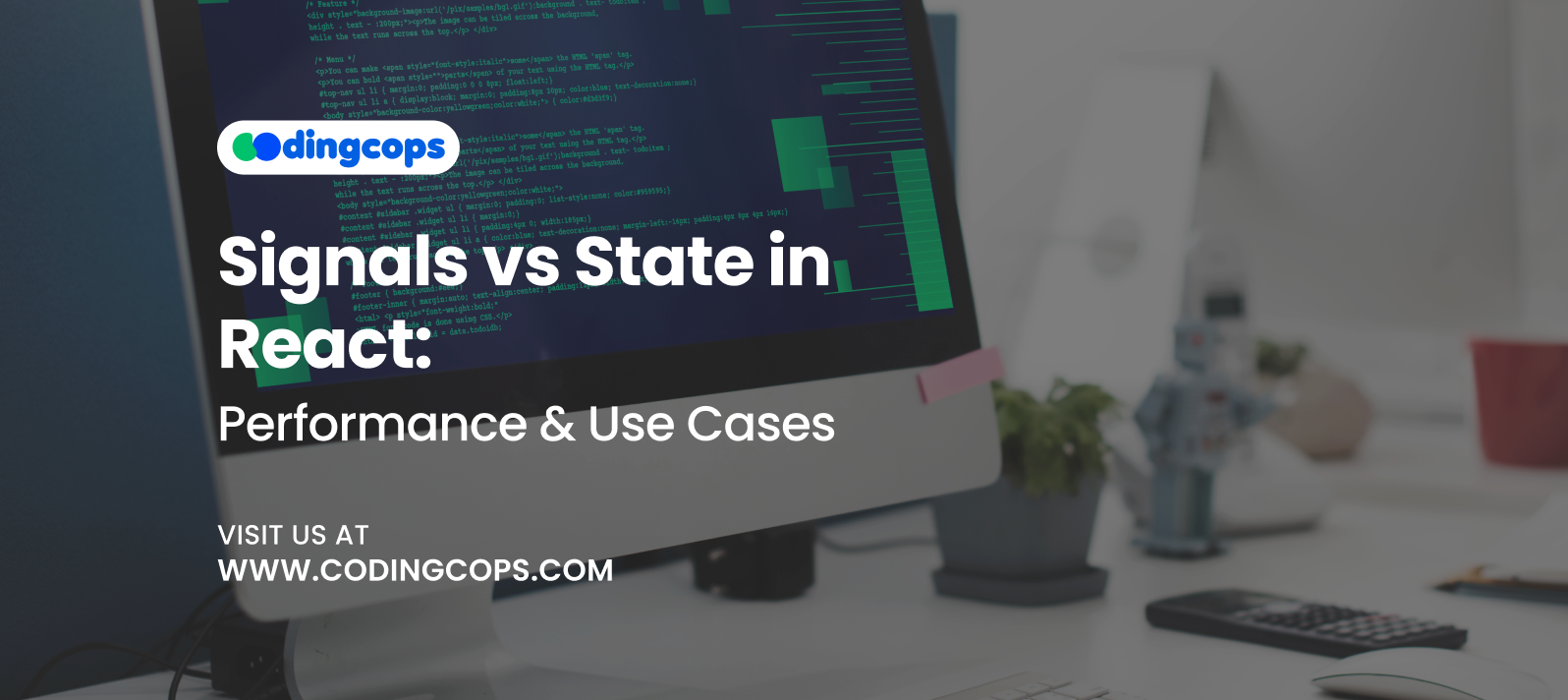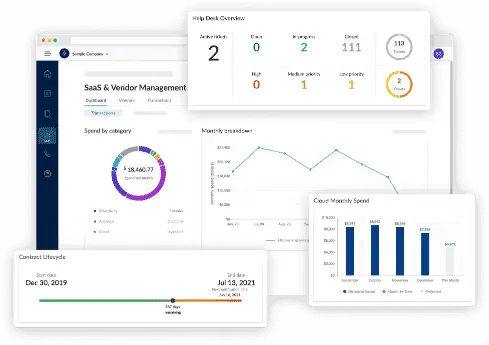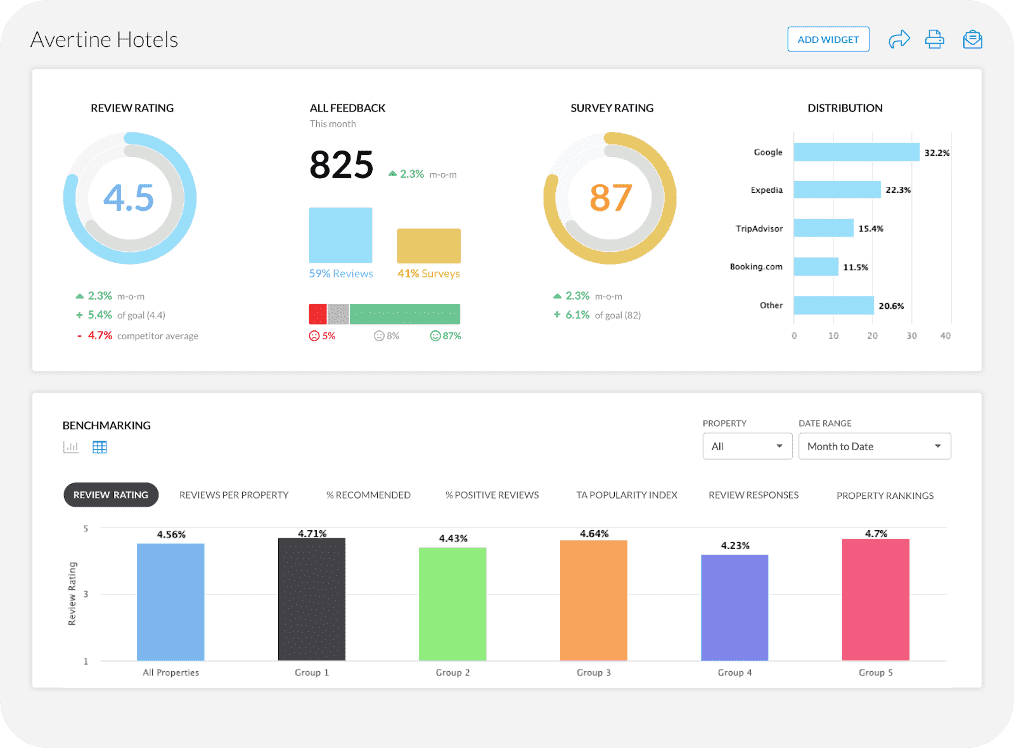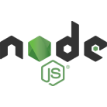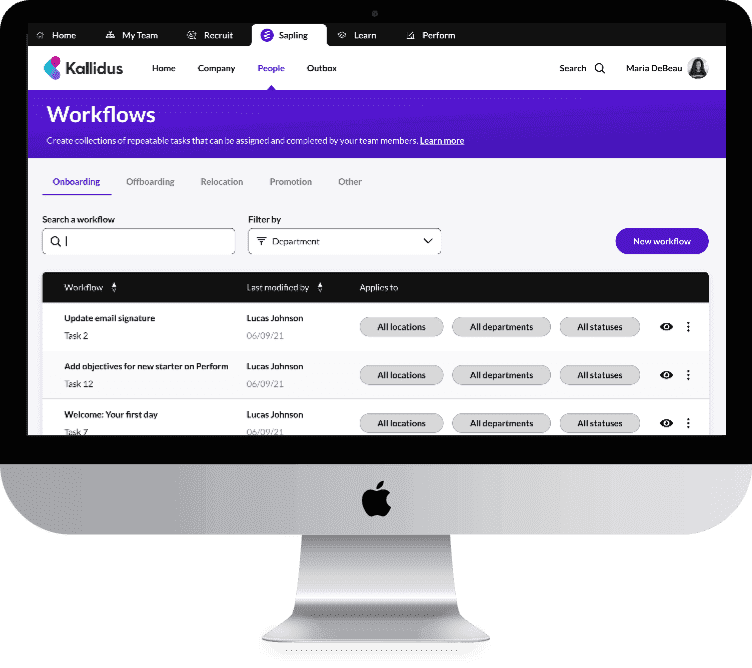According to HatchWorks AI, AI is growing quickly, with estimates showing an annual growth of 37.3% between now and the next five years. Moreover, generative AI has emerged as a transformative technology, and it’s changing enterprise software development. It utilizes advanced machine learning models capable of generating code and even insights. Hence, enterprises can accelerate development cycles.
Additionally, businesses now need efficient and intelligent software solutions. So, generative AI provides the tools to meet this demand by automating repetitive tasks and enabling smarter decision making.
Therefore, in this blog, we will discuss what generative AI means for enterprise software development. Also, we will look at ten use cases that are redefining how organizations build and maintain software.
Generative AI in Enterprise Software Development: What is it?
In enterprise software development, generative AI refers to the application of these models to enhance the software lifecycle. Furthermore, it is driven by sophisticated neural networks, particularly LLMs like Google’s Gemini and OpenAI’s GPT. Furthermore, plain language inputs may be understood by generative AI and transformed into executable outputs.
For instance, an AI model may provide precise and correct code for a function in a matter of seconds when a developer describes it in simple English.
Benefits of Using Generative AI in Enterprise Software Development
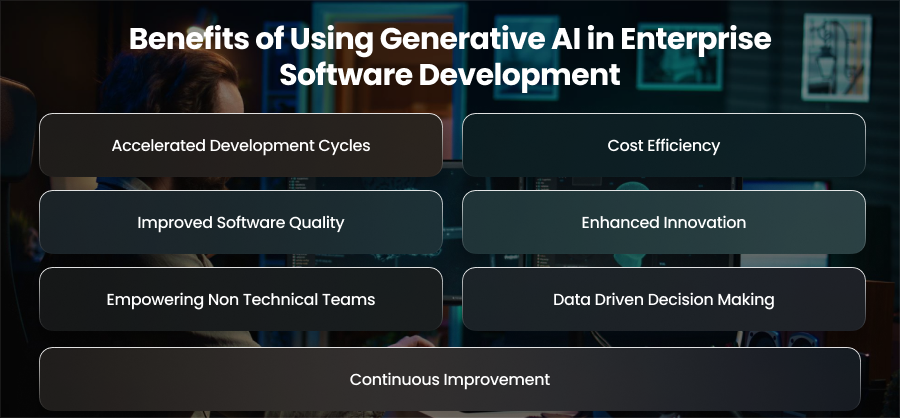
Accelerated Development Cycles
One of generative AI’s most significant benefits is how quickly it accelerates software development. Additionally, development timeframes may be significantly shortened by automating repetitive processes like creating test cases. Developers may describe features using natural language. So, AI models can instantly translate these specifications into functional code.
Cost Efficiency
Manual coding and extensive QA processes consume considerable resources. Furthermore, by automating labor intensive operations and reducing human error, generative AI lowers these expenses. AI testing, for instance, finds problems early in the development cycle and avoids expensive post release repairs. AI chatbots can also answer common consumer questions. It reduces the need for large support teams.
Improved Software Quality
Generative AI enhances software quality by ensuring consistent and comprehensive testing. AI models are able to identify errors and inefficiencies that people would overlook. This enhances application speed and drastically lowers downtime. Additionally, ongoing AI monitoring guarantees that apps stay safe and reliable even after they are deployed.
Enhanced Innovation
Generative AI frees up developers to concentrate on innovative problem solving by taking over low value and repetitive jobs. Without having to worry about time consuming preparatory work, teams may also test design concepts or experiment with new features. AI technologies can also recommend enhancements or new features based on an analysis of user behavior.
Empowering Non Technical Teams
Generative AI democratizes software development by allowing non technical team members to contribute. Business analysts or marketers can use natural language prompts to create reports and query databases. Moreover, this reduces bottlenecks caused by dependency on IT teams and fosters cross functional collaboration within the organization.
Data Driven Decision Making
When generative AI and predictive analytics are combined, businesses may make well informed decisions based on real time information. Additionally, from predicting user demand to spotting possible hazards, make sure that data supports strategic choices. As a result, this enhances operational effectiveness and synchronizes software projects with long term corporate objectives.
Continuous Improvement
Over time, generative AI models may get better. They improve their outputs and produce more precise outcomes with every engagement. Hence, this continuous learning capability ensures that enterprise software remains modern and aligned with changing standards.
15 Use Cases of Generative AI in Enterprise Software Development
1. Automated Code Generation

Generative AI has changed how developers write code. Large language models are also used by programs like GitHub and Amazon Q Developer to comprehend natural language prompts and convert them into usable code.
The AI creates the relevant code snippet when developers explain a feature or function in simple terms. As a result, less human coding is required. Additionally, AI powered autocompletion helps by using context to forecast the subsequent line of code. This improves coding accuracy.
2. Bug Detection
Debugging can consume a lot of time in enterprise projects. Real time analysis of large codebases by generative AI technologies might reveal inefficiencies that developers might overlook.
Furthermore, these technologies provide quicker resolution by suggesting changes in addition to detecting issues. Some solutions even integrate directly into development pipelines. Hence, this prevents faulty code from reaching production environments.
3. Customer Service

Generative AI powered AI chatbots and virtual assistants offer 24/7 customer service with human like interactions. Additionally, systems like Intercom can respond to standard inquiries and even refer more complicated issues to human representatives.
Scalable customization is made possible by generative AI, which customizes replies according to user preferences and history. This results in improved customer experiences.
4. Knowledge Management

Maintaining updated documentation and centralized knowledge repositories is a challenge for enterprises. Moreover, generative AI tools like Notion AI automatically generate and organize technical documentation. Additionally, they also generate API references and internal knowledge bases.
These systems can also summarize long reports and provide quick answers to employee queries using natural language search. Furthermore, they accelerate onboarding for new employees. It also enhances team collaboration and decision making. Additionally, it reduces knowledge gaps across departments.
5. Marketing and Sales

Because it can create customized content and sales presentations, generative AI is essential to marketing and sales. Additionally, systems such as Jasper AI are able to create communications that appeal to their target consumers.
Moreover, for sales teams, AI can also create personalized proposals and predict the potential for lead conversion. Also, it can boost engagement through personalized communication. When creating material, it can save time and money. Additionally, it synchronizes marketing initiatives with consumer behavior and demands.
6. Autonomous AI Agents
Without human assistance, autonomous AI agents can manage routine operational tasks. These agents keep an eye on systems and fix them as needed. For instance, AI cloud management agents can automatically scale resources based on demand or optimize configurations for cost savings.
Such agents are also being deployed in IT service management, where they resolve common incidents automatically. Hence, this reduces ticket resolution times. It also decreases downtime. Additionally, it reduces the need for human intervention in repetitive processes. Furthermore, generative AI provides proactive management of IT environments.
7. Analytics

Businesses may predict future trends and customer behavior by combining generative AI with predictive analytics. Furthermore, by examining past data, technologies such as Azure AI could be able to anticipate certain defects or performance problems before they arise. By anticipating issues before they happen it also reduces risks and promotes proactive decision making. Additionally, it improves the distribution of resources for improved company results.
8. Business Process Automation

Repetitive workflows across HR and other business areas can be automated using generative AI. Additionally, AI is integrated into systems such as UiPath to manage processes for document processing and review.
Generative AI adds intelligence, allowing bots to comprehend context and provide precise results. Moreover, it boosts productivity by doing away with manual procedures. It also makes compliance better.
9. Cybersecurity

By identifying irregularities and producing automated incident responses, generative AI improves cybersecurity. Additionally, SentinelOne and other systems employ AI to continually monitor business networks and anticipate any intrusions. Moreover, generative AI strengthens security postures with real time detection. Furthermore, it reduces incident response times. Additionally, gen AI protects sensitive enterprise data from new threats.
10. IT Operations
IT operations involve monitoring systems and handling incidents. Furthermore, by automating root cause investigation and maximizing infrastructure use, generative AI streamlines these activities. Moreover, AI is integrated into solutions like IBM Cloud Pak for Watson AIOps to effectively manage complex IT settings.
Generative AI increases the dependability and uptime of services. Additionally, it lessens effort and operating expenses. In addition, it guarantees that IT teams may concentrate on innovation.
11. Test Case Generation
Based on user behavior patterns and software requirements, generative AI may automatically generate a wide variety of thorough test scenarios. Additionally, this speeds up quality assurance cycles. It guarantees greater test coverage.
12. API Generation
By producing API endpoints and integration scripts automatically, generative AI may streamline the API development process. Additionally, it creates documentation and makes linking various corporate systems less complicated.
13. Legacy Code Modernization
AI tools can analyze outdated legacy systems and automatically suggest or generate modernized codebases. This makes migration to newer technologies faster.
14. Documentation Creation
Current technical documentation and onboarding materials may be produced and maintained by generative AI. This reduces the strain for developers and ensures consistency across teams.
15. Resource Optimization
AI powered insights help enterprises forecast resource requirements and minimize cost across cloud environments. Moreover, it can optimize infrastructure usage.
Best Practices for Adopting Generative AI in Enterprise Software Development
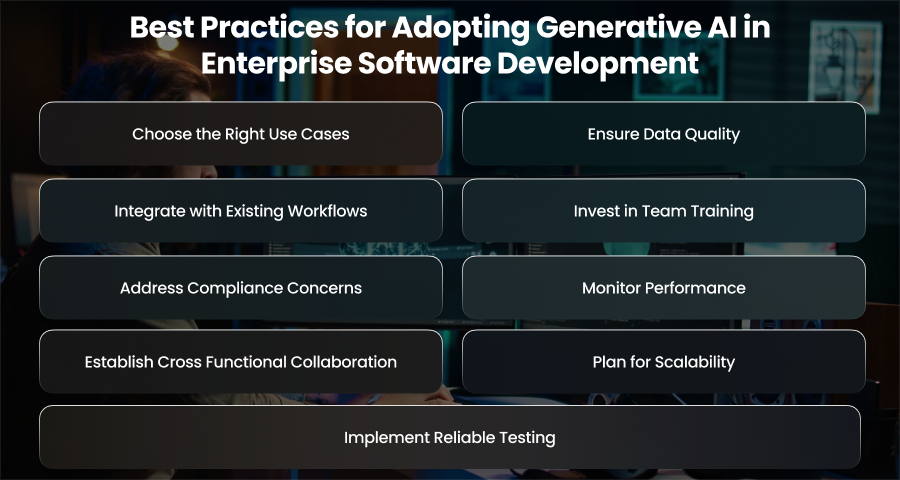
Choose the Right Use Cases
Begin with high impact and low risk areas to demonstrate quick wins. Furthermore, use cases like code completion and documentation generation are ideal starting points. Moreover, you should gradually scale to more complex applications such as autonomous AI agents.
Ensure Data Quality
Large amounts of high quality data are necessary for generative AI models to function. Performance is enhanced and bias is decreased with clean and pertinent datasets. Additionally, give data security first priority by putting access restrictions and encryption in place.
Integrate with Existing Workflows
Incorporate generative AI techniques into current version control and development workflows for optimal effectiveness. Additionally, smooth integration promotes acceptance across development teams and reduces interference with existing procedures.
Invest in Team Training
Give QA and development teams training so they can use generative AI technologies efficiently. Additionally, ensuring teams can properly exploit the technology requires upskilling in areas like model fine tuning and prompt engineering.
Address Compliance Concerns
Unintentionally, generative AI may result in biased or unsafe outputs. To guarantee adherence to corporate rules and industry requirements, you should also create ethical guidelines and conduct routine audits of models.
Monitor Performance
Track metrics such as code quality improvements and reduced bug rates for faster release cycles to measure success. Also, you should continuously refine AI models based on feedback and usage patterns.
Establish Cross Functional Collaboration
Executives and developers must work together for adoption to be successful. Additionally, cross functional alignment guarantees that AI projects complement business and technical objectives.
Plan for Scalability
As your organization becomes more comfortable with generative AI, prepare for scalability. Moreover, invest in cloud infrastructure and ensure your systems can handle growing data and compute demand.
Implement Reliable Testing
Test AI generated outputs extensively before deployment. Moreover, you should use unit tests and simulation environments to validate the accuracy and reliability of AI generated code or recommendations.
Final Words
Generative AI is transforming business software development by encouraging automation and efficiency in all operations. It has an impact on everything from code development to cybersecurity. Businesses may therefore realize their full potential and maintain their competitiveness in the market by using best practices.

